MACV-SOG: THE COVERT SPECIAL OPERATIONS UNIT YOU’VE NEVER HEARD OF
- By Stavros Atlamazoglou
Share This Article
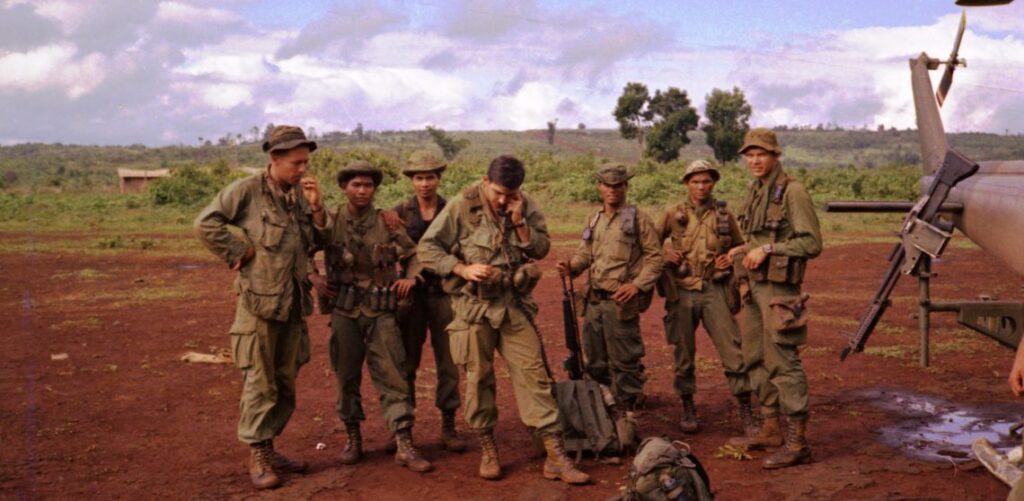
If a conflict in U.S. history ever came with baggage, it has to be the Vietnam War. Although the service and actions of the millions of Americans who fought in Southeast Asia have been slowly recognized, the unpopularity of the war at the time, and for many years after, left a scar in American society. This unpopularity also meant that extraordinary men and units, such as the Military Assistance Command Vietnam-Studies and Observations Group (MACV-SOG), have fallen through the cracks of America’s consciousness, and are only known to a few old comrades, their families, and a handful of military history enthusiasts.
The innocuous-sounding MACV-SOG is such an organization, although its obscurity also has to do with its highly secretive nature.
SOG operators pulled off some of the most impressive special operations of the entire war; including some that seemed to defy logic itself. As successive U.S. administrations claimed that no American troops were outside South Vietnam, several hundreds of special operations troops fought against all odds, and against an enemy who always enjoyed a numerical advantage that sometimes exceeded a ratio of 1:1000.
The most secret unit you’ve never heard of
Activated in 1964, MACV-SOG was a covert joint special operations organization that conducted cross-border operations in Laos, Cambodia, Thailand, and North Vietnam.
Composed of Army Special Forces operators, Navy SEALs, Recon Marines, and Air Commandos, SOG also worked closely with the Intelligence Community, often running missions at the request of the CIA.
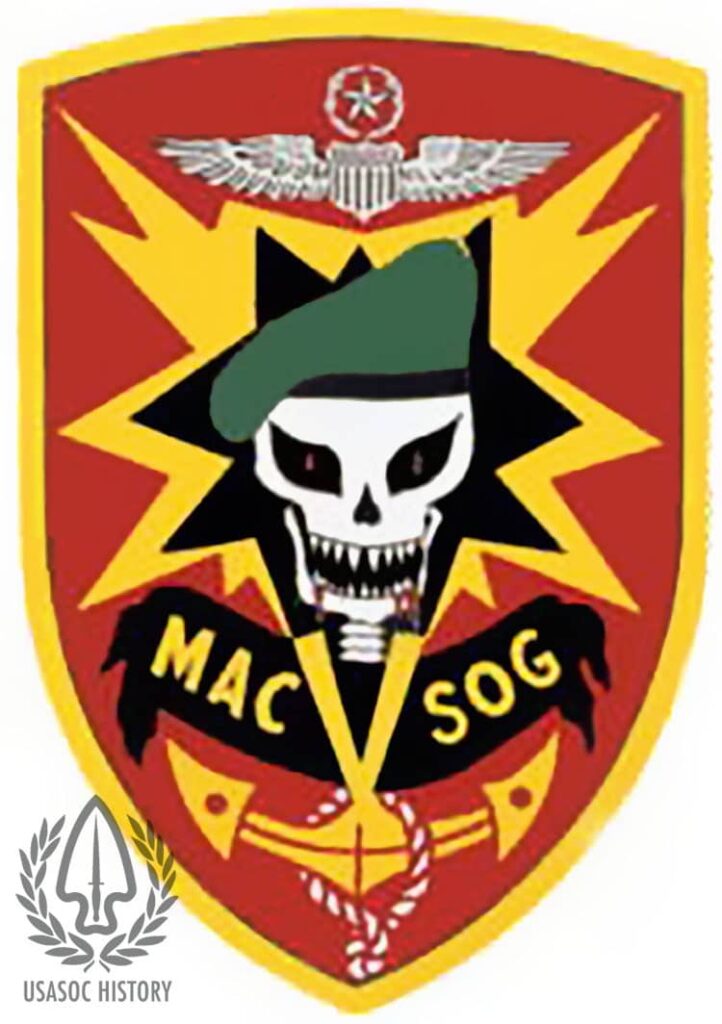
During its eight-year secret war (1964-1972), SOG conducted some of the most daring special operations in U.S. history and planted the seed for the creation of the U.S. Special Operations Command (SOCOM) and Joint Special Operations Command (JSOC).
Related: ST IDAHO: THE SPECIAL FORCES TEAM THAT VANISHED IN THE JUNGLE
SOG’s main battleground and focus was the infamous Ho Chi Minh Trail, a complex stretching for hundreds of miles above and below ground, from North Vietnam through Laos and Cambodia into South Vietnam, which the North Vietnamese and Vietcong used to fuel their fight in the south.
What was peculiar about SOG operations was the fact that they happened where U.S. troops weren’t supposed to be. Successive U.S. administrations had insisted that no American troops were operating outside South Vietnam.
SOG commandos, thus, wore no name tags, rank, or any other insignia that might identify them as Americans. Even their weapons had no serial numbers.
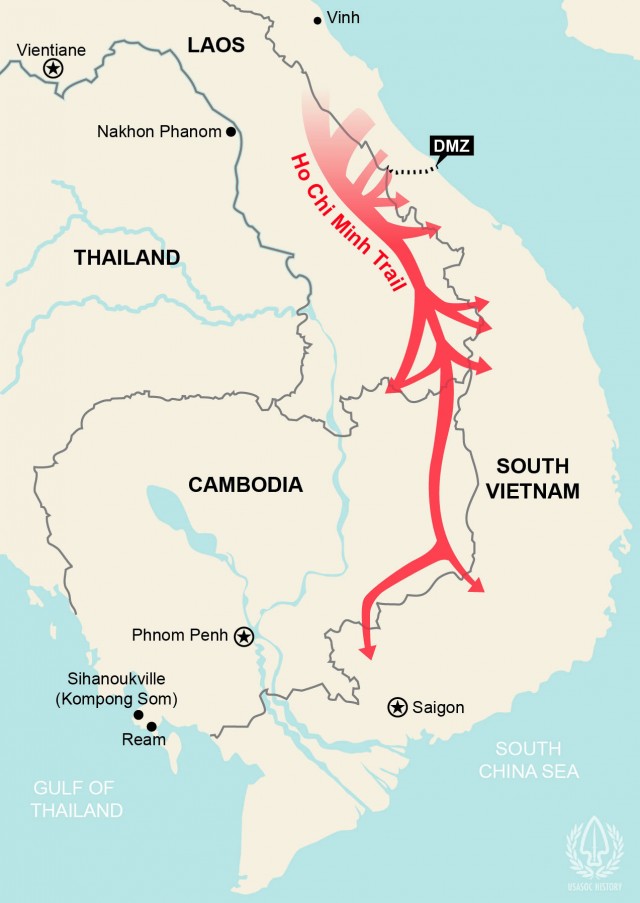
Duty in SOG was voluntary and strictly confidential. SOG troops weren’t allowed to disclose their location, missions, or any other details surrounding their covert outfit and they couldn’t take photographs—like all good commandos, however, SOG broke that rule frequently, as the numerous pictures from the time suggest. But as far as the general public was concerned, they were each just another American soldier fighting Communism in Vietnam.
SOG was commanded by an Army colonel, called “Chief SOG,†reflecting the predominance of Green Berets in the organization, and divided into three geographical sections: Command and Control North (CCN), Command and Control Central (CCC), and Command and Control South (CCS).
Service in the unit was highly selective. Not only did it recruit solely from special operations units, but the inherent risk required that everyone had to be a volunteer. Approximately 3.2 million Americans served in Vietnam. Of that number, about 20,000 were Green Berets, of those, only 2,000 served in SOG, with just 400 to 600 running recon and direct action operations.
Service at SOG came with an unspoken agreement that you’d receive either a Purple Heart or body bag. SOG had a casualty rate of 100 percent—everyone who served in SOG was either wounded, most multiple times, or killed. And to this day, 50 SOG Green Berets are still missing in action.
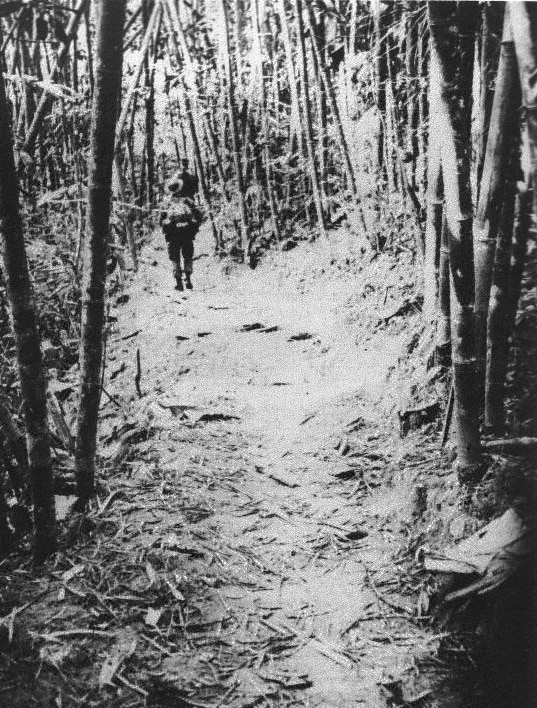
Our “Little People“
What enabled SOG operations was a steady supply of loyal and fierce local fighters who passionately hated the North Vietnamese—and sometimes each other. These local warfighters worked with the American commandos as mercenaries. The “Little People,†as the Americans affectionally called them, proved their worth on the field, against impossible odds time and again.
These local partner forces included Montagnards, South Vietnamese, and Chinese Nungs, among other tribes and ethnicities. Indeed, local mercenaries made up most of SOG recon teams and Hatchet Forces (more on them later). For example, most recon teams would run cross-border operations with between two and four Americans and four to nine local mercenaries. Locals had an uncanny ability—some SOG operators would say a sixth sense—to detect danger. This ability made them perfect point men during recon operations.
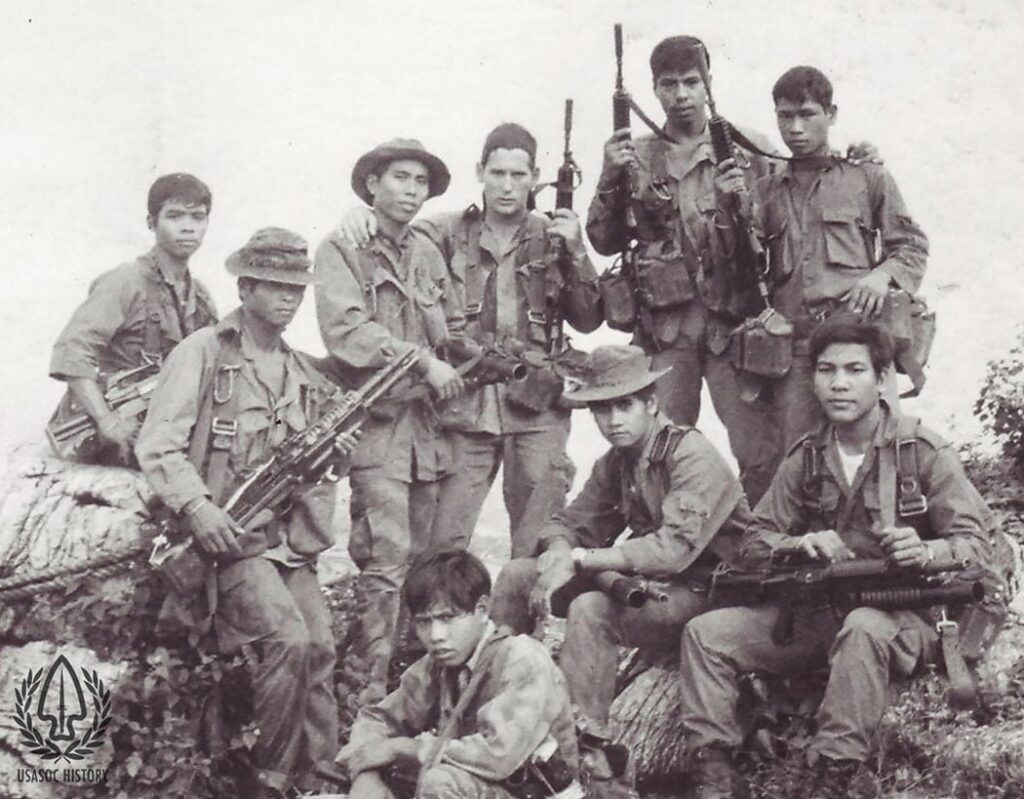
Usually, when launching a cross-border recon operation, SOG teams would enter a pre-mission “quarantine,†much like modern-day Army Special Forces operational detachments do before deploying. During this quarantine period, they would eat the same food as the North Vietnamese, that is mostly rice and fish, so they—and their human waste—could smell like the enemy while in the jungle.
Related: COWBOY, A LEGANDARY COMMANDO
Today, where pre-workout and energy drinks are borderline mandatory, even on active operations, such measures might sound extravagant. But in a moonless night, in the middle of the Cambodian jungle, surrounded by thousands of North Vietnamese trackers and troops, something as trivial-seeming as your smell could mean the difference between a SOG team getting wiped out or making it home.
The local troops, having a great understanding of the operational environment, were crucial in the survival of many SOG recon teams. When the war ended, some of them, such as the legendary “Cowboy,” managed to escape to the West and come to the U.S.
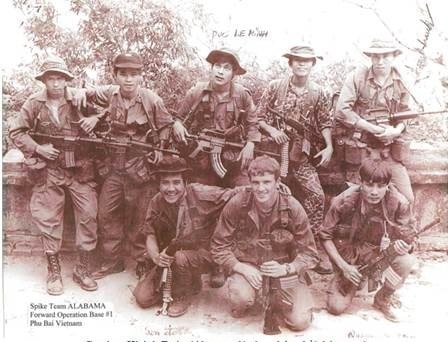
Death-defying special operations
SOG specialized mainly in strategic reconnaissance, direct-action, sabotage, and combat search-and-rescue.
Although SOG’s primary mission-set was strategic reconnaissance through its recon teams, it also specialized in direct-action operations, such as raids and ambushes. For these larger operations, there were different outfits within SOG.
The “Hatchet Forces†specialized in raids and ambushes, but also acted as a quick-reaction force for recon teams. Usually, Hatchet Forces were platoon-size and composed of five Americans and 30 indigenous troops. Sometimes, several Hatchet Forces would combine to create a company-size element, called either “Havoc†or “Hornet,†that could be very effective against known enemy logistical hubs or headquarters.
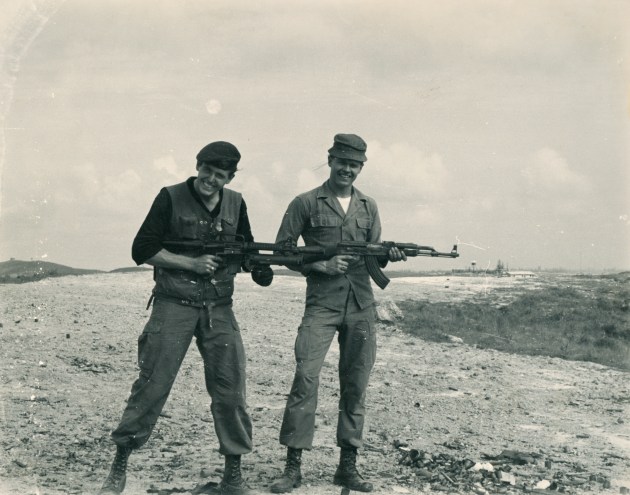
In addition to the Hatchet Forces, there were also the “SLAM†companies, standing for Search, Locate, Annihilate, Monitor/Mission, which were full-sized SOG companies with a few dozen Americans in leadership roles and a few hundred indigenous mercenaries who SOG had recruited.
The first SOG recon teams were called “Spike Teams” (ST), for example, ST Idaho, with the term “Recon Teams” (RT), for instance, RT Ohio, becoming more popular later in the war. Usually, SOG commandos named teams after U.S. States, but they also used other titles, such as “Bushmaster,†“Adder,†and “Viper.†The number of active recon teams fluctuated throughout the war, reflecting casualties and increasing demand. For example, at one point, CCC ran almost 30 recon teams.
Related: ELDON BARGEWELL, AN AMERICAN SPECIAL OPERATIONS LEGEND
Some notable SOG missions include Operation Tailwind, a Hatchet Force operation in Thailand and one of the most successful missions in SOG’s history; the Thanksgiving operation, when SOG operator John Stryker Meyer’s six-man team encountered and evaded 30,000 North Vietnamese; the Christmas mission, when Meyer’s team went into Laos to destroy a fuel pipeline but almost got burned alive by North Vietnamese trackers who lit the jungle on fire; Operation Thundercloud, in which SOG recruited and trained captured North Vietnamese troops and sent them to recon operations across the border dressed like their former comrades; and Recon Team Alabama’s October 1968 mission that accounted fora whopping 9,000 North Vietnamese killed or wounded in action.
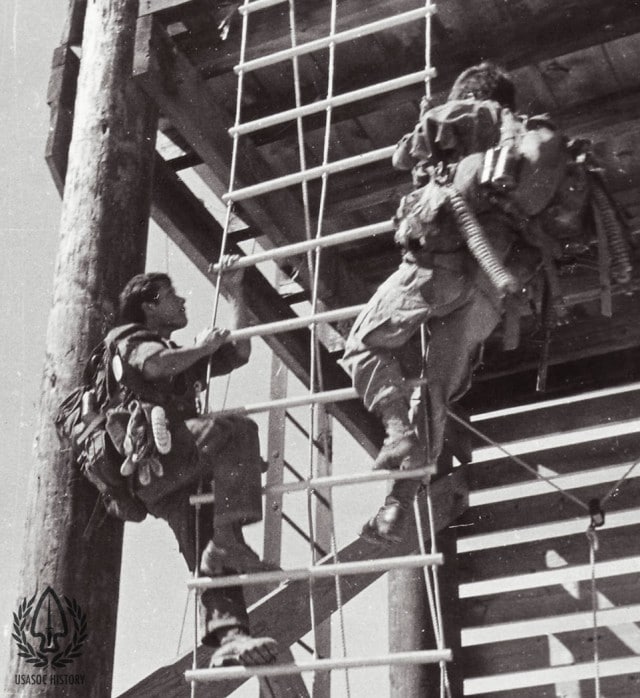
What stands out about SOG is how much responsibility was placed on its young operators. Legendary SOG operator John Stryker Meyer, for example, was running recon as a One-Zero (team leader) at the age of 22 and just an E-4. And rules of engagement were quite different, with less bureaucracy impeding the guys on the ground.
“The Bright Light missions [combat search-and-rescue] would seldom be deployed under today’s Rules of Engagement,†Meyer told Sandboxx News.
“And, today, they call can’t believe lowly E-4s were directing air strikes, total control on the ground, and experienced troops had final say on teams, regardless of rank. Experience over rank.â€
Meyer has written extensively about SOG and his hair-raising experiences in the unit.
Although techniques, tactics, and procedures were generally the same among the three SOG subcommands, SOG teams adjusted their approaches according to their geographical area. Laos, for example, has more mountains and jungle than Cambodia, which is flatter and more open.
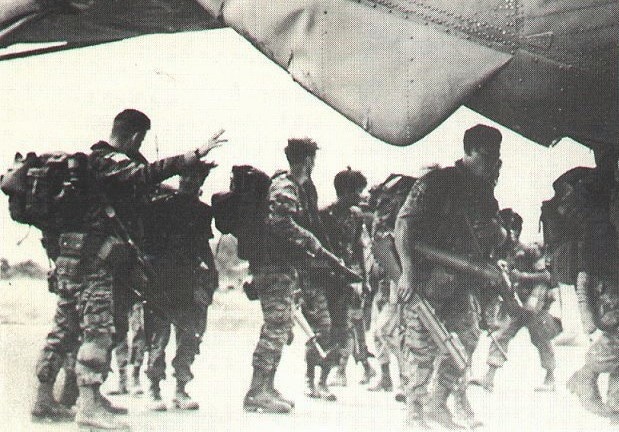
Saviors from above: SOG’s Air Commandos
Pivotal to the success and effectiveness of MACV-SOG operations across the border were several aircraft squadrons from across the services and also South Vietnam.
The Air Force’s 20th Special Operations Squadron was dubbed the “Green Hornets.†They flew the Sikorsky CH-3C and CH-3E and Bell UH-1F/P Huey. First Lieutenant James P. Fleming, a Green Hornet pilot, earned the Medal of Honor for saving a SOG recon team from certain death in 1968.
The Green Hornets’ Hueys came packed with an assortment of weapons, including M-60 machine guns, GAU-2B/A miniguns, and 2.75-inch rocket pods. If ammo ran out, door gunners would lob grenades or shoot their individual rifles.
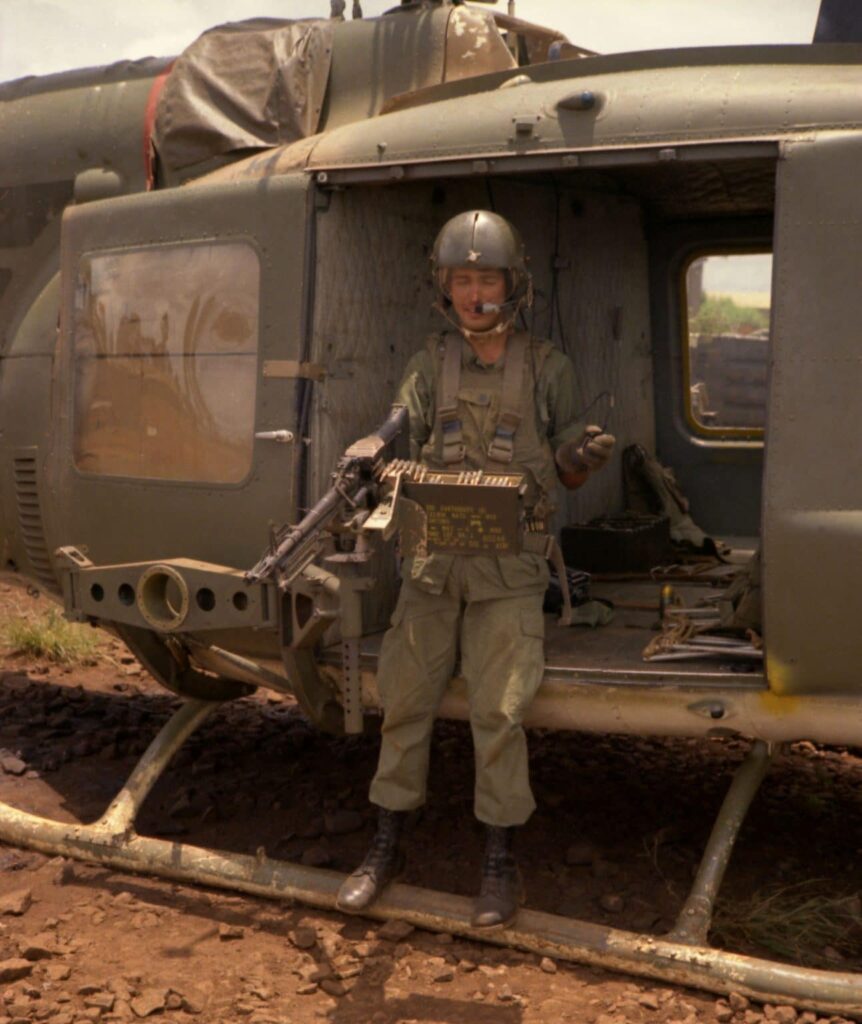
In addition to the Green Hornets, the South Vietnamese Air Force 219th Squadron, which flew H-34 Kingbees, was a dedicated supporter of SOG operations. These South Vietnamese pilots and crews were truly fearless, always coming to the rescue of compromised recon teams regardless of the danger. Captain Nguyen Van Tuong, a legendary pilot, stands out for his coolness and steady hand under fire.
Related: THE GHOST FIGHTER ACE OF THE VIETNAM WAR
Other notable rotary-wing units that supported SOG missions were the USMC Light Attack Helicopter Squadron 367, which flew the AH-1 Viper attack and the UH-1 Venom transport helicopters; the 189th Assault Helicopter Company “Ghost Riders,†which flew assault and transport variants of the UH-1 Huey helicopter.
SOG commandos on the ground could also rely on fixed-wing close air support, with the turboprop A-1 Skyraider being a favorite platform for close air support and the F-4 Phantom a good choice on any given day.
“Military politics always interfered, and our leadership had to fight from close air support assets, such as the A-1 Skyraider squadrons,†Meyer told Sandboxx News.
“For example, SOG brass had to fight to keep the 56th Special Operations Wing, operating from Location Alpha in Da Nang.
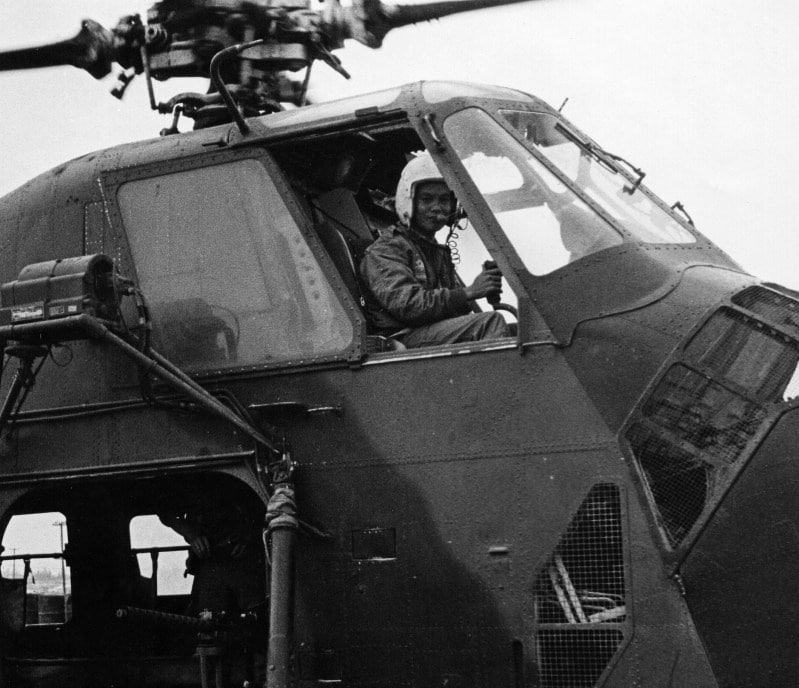
“That unit’s SPADs [A-1 Skyraiders] were consistent and fearless and were considered the backbone of CAS during Operation Tailwind. On day 4, for example, the NVA were about to overrun the HF [Hatchet Force] when Tom Stump made devastating gun runs that broke the back of those frontal attacks, giving McCarley time to get them off the LZ and out of the target as weather closed in.â€
Close air support was vital and probably the most important factor in the survival of numerous SOG teams. However, although SOG commandos enjoyed air superiority and North Vietnamese aircraft never posed a danger, the Air Commandos supporting SOG had to face the extremely potent anti-aircraft capabilities of the North Vietnamese, which included anything from light machine guns to heavy anti-aircraft cannons to surface-to-air missiles. Every hot extraction forced a penalty of downed helicopters and fighters/ or bombers, or at least a few riddled with bullets.
SOG commandos called in close air support themselves, usually by using a compass and smoke canisters. Forward air controllers, nicknamed “Covey,†flew overhead and assisted in coordinating with the team on the ground and controlling all air assets and close air support. In CCS, Covey usually flew solo, doing both tasks while also flying his plane. In CCN, however, Covey was a two-man affair, usually entailing an experienced SOG operator joining the pilot and helping out with his unique experience, having been on the receiving end of close air support numerous teams.
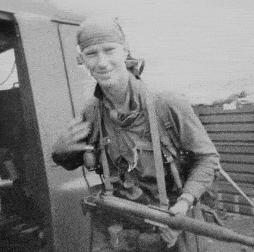
Years after the Vietnam War ended, it was discovered that there was a mole at the SOG headquarters in Saigon who had been passing information on team missions and locations to the enemy.
SOG operators, including special operations legends like Colonel Robert Howard and Master Sergeant Roy Benavidez, earned 12 Medals of Honor throughout the conflict.
Although service at SOG came with the unspoken agreement of a perilous life full of danger and risk, it also came with an unbreakable sense of loyalty and trust between the men who served there. A sense of loyalty and trust that time and again SOG operators proved through their commitment to leave no man behind, dead or alive. That effort, that commitment, continues to this day.
Related Posts
Sandboxx News Merch
-

‘AirPower’ Classic Hoodie
$46.00 – $48.00 Select options This product has multiple variants. The options may be chosen on the product page -

‘Sandboxx News’ Trucker Cap
$27.00 Select options This product has multiple variants. The options may be chosen on the product page -

‘Kinetic Diplomacy’ Bumper Sticker (Black)
$8.00 Add to cart
Stavros Atlamazoglou
Greek Army veteran (National service with 575th Marines Battalion and Army HQ). Johns Hopkins University. You will usually find him on the top of a mountain admiring the view and wondering how he got there.
Related to: Military History, Special Operations
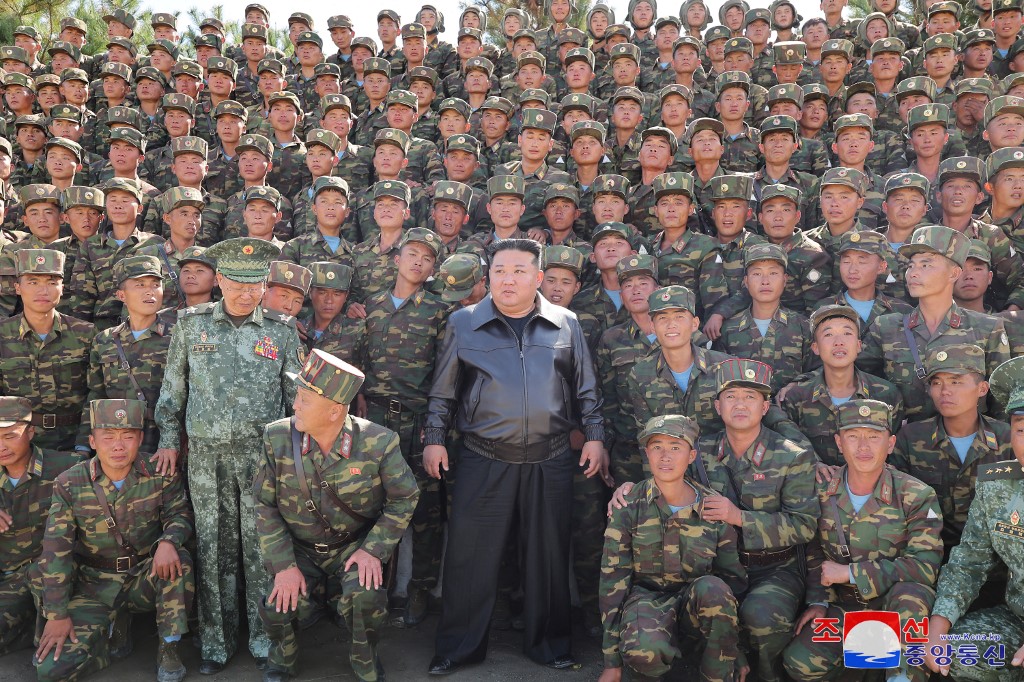
North Korean troops in Ukraine seem stuck in the Cold War, evidence suggests

Boeing has managed to win the contract for America’s NGAD fighter
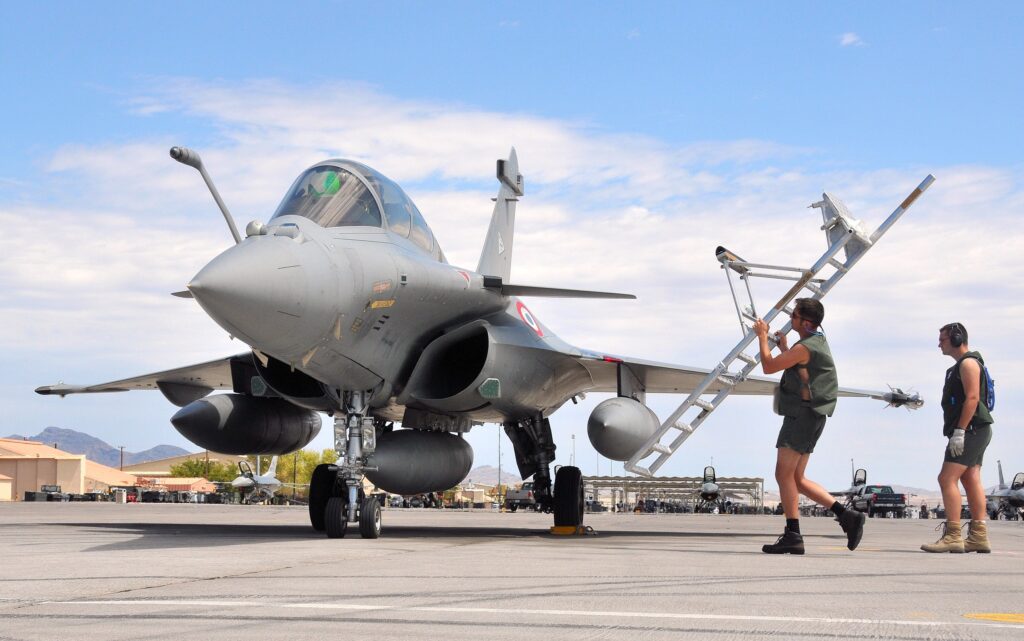
Could France undertake the role of Europe’s nuclear protector? Potentially
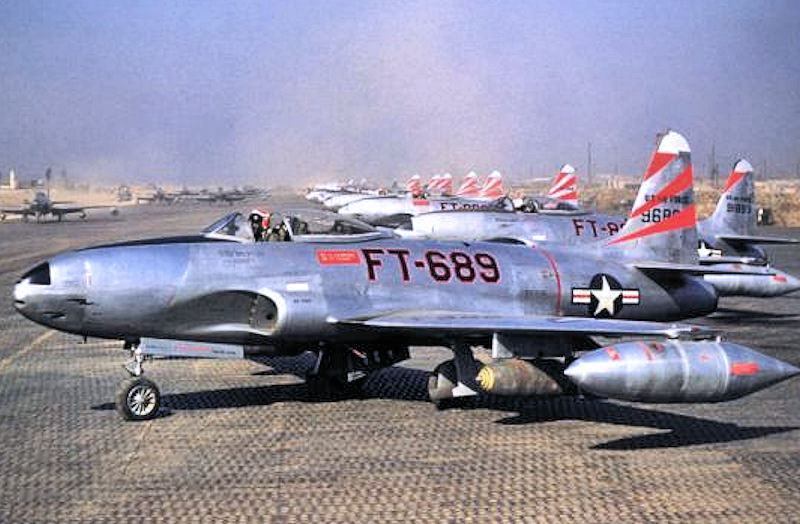
What are the differences between the six generations of fighter aircraft?
Sandboxx News
-

‘Sandboxx News’ Trucker Cap
$27.00 Select options This product has multiple variants. The options may be chosen on the product page -

‘AirPower’ Classic Hoodie
$46.00 – $48.00 Select options This product has multiple variants. The options may be chosen on the product page -

‘AirPower’ Golf Rope Hat
$31.00 Select options This product has multiple variants. The options may be chosen on the product page -

‘Sandboxx News’ Dad Hat
$27.00 Select options This product has multiple variants. The options may be chosen on the product page
